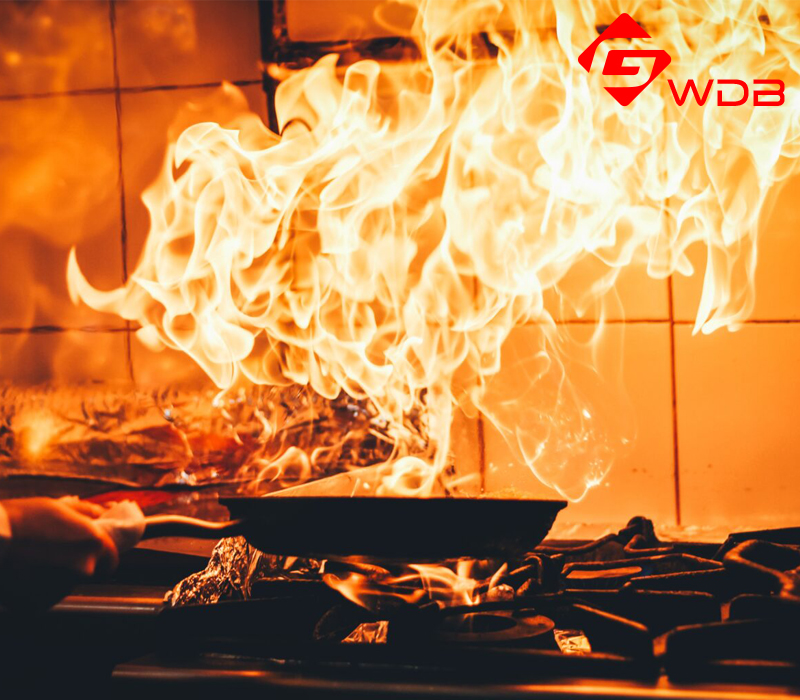What is Flame Retardant Chemical?
To protect the safety of our loved ones and family, we should learn and learn how to prevent fire in our homes. So what is flame retardant? Let WDB introduce, explain in detail below.
How flame retardants work
As the name suggests, the flame retardant is a chemical substance with a fire retardant effect, currently, the most used flame retardant on the market is plastic and leather goods, especially plastic. Some plastics can spontaneously ignite when exposed to high temperatures, to prevent this from happening. During the plastic production process, some flame retardants are added to prevent this from happening. So how does flame retardant work? How does it work? Together we will analyze the working principle of flame retardants.
Working principle of flame retardant
- The ability to absorb heat
The amount of heat released by any combustion in a relatively short time has a limit, if some of the heat released by the fire can be absorbed in a relatively short time, the flame temperature will drop. , radiates to the combustion surface and acts on the substance that causes evaporation. The pyrolysis of flammable molecules into free radicals will decrease, and the combustion reaction will be suppressed to a certain extent.
Under high-temperature conditions, the flame retardant undergoes a strongly endothermic reaction, absorbing part of the heat released by combustion, reducing the surface temperature of the combustible, effectively inhibiting the generation of gas. fire and prevent the spread of combustion. The flame retardant mechanism of Al(OH) 3 flame retardant is to increase the heat capacity of the polymer so that it can absorb more heat before reaching the thermal decomposition temperature, thus improving its flame retardant performance. This type of flame retardant exerts its great heat absorption properties when combined with steam and improves its fire resistance.
- Create a covering film
After adding flame retardant to the material, the flame retardant can form a layer of glass or bubble film which is stable at high temperature, which can isolate from oxygen, insulate and prevent gas from burning. escape, to achieve the purpose of fire resistance. For example, organophosphorus flame retardants can form crosslinked solids or structurally more stable carbonized layers when heated. The formation of a carbonization layer can prevent the polymer from being further pyrolysis, on the other hand, can prevent the thermal decomposition products inside it from entering the gas phase to participate in combustion.
- Chain reaction inhibition
Flame retardants can act on the combustion zone in the gas phase to trap free radicals in the combustion reaction, thereby preventing flame propagation, reducing the density of the combustion zone and ultimately reducing the reaction rate. fire until it stops. For example, halogen-containing flame retardants have the same or similar evaporation and polymer decomposition temperatures. When the polymer is decomposed by heat, the flame retardant will also evaporate. At the same time, at this time, the halogen-containing flame retardant and thermal decomposition products are in the combustion zone, the halogen can store the free radicals in the combustion reaction and interfere with this chain of combustion.
- Asphyxiation effect of non-combustible gas
Flame retardants decompose oxygen when heated, and dilute the oxygen concentration to a lower level in the combustion zone to achieve the best flame retardant effect.
Currently, on the market, there are two common flame retardants: a mixed flame retardant containing physical additives and a chemically bonded flame retardant.
Currently, on the market, there are two common flame retardants: a mixed flame retardant containing physical additives and a chemically bonded flame retardant. WDB is the brand name in providing civil materials and flame retardants according to the specifications of each customer. If you need more details, contact us now to discover more WDB products for your project!


